
Ruud van Empel
Study for Women 24

Study for Women 24

“Gustave Le Gray No. 1”
In 2019, Ballet Across America was put together with the inspiration of women’s leadership in ballet and dance. To mark the celebration, the Center commissioned choreographer Pam Tanowitz to create a world premiere work for the week’s two participating companies, Dance Theatre of Harlem and Miami City Ballet; both are companies led by visionary women – Virginia Johnson at DTH and Lourdes Lopez in Miami.
Tanowitz set the work on two dancers from each company, with a pianist on stage playing a solo work by the composer Caroline Shaw. The piece had its world premiere during Ballet Across America on May 31, 2019. This video captures the premiere performance.
.
Pianist: Sylvia Jung
Dancers: Renan Cerdeiro, Lauren Fadeley, Anthony Santos and Stephanie Rae Williams

We Were Monkeys
Mihai Wilson and Marcella Moser
Tears For Fears “Break The Man”
.
Through a 3D animation in white black and very sophisticated, they transport us into a cold and labyrinth world, built like immense escherian space.
.
“Break the Man,” which features light piano and blasting guitar as the musicians reflect on women fighting patriarchy.

Picture for Women
Dans Picture for Women, nous voyons trois entités principales distinctes, mais entrelacées – une femme, un appareil photo et un homme. On suppose que la femme est le modèle et que l’homme est le photographe qui prend la photo, suggéré par sa main serrant le câble de déclenchement de l’appareil photo. Le premier est positionné à gauche de l’image, le second à droite, tandis que l’appareil photo est au centre.

LED Eyelash
The LED Eyelash project is brought into the world from a simple question: Why do women want larger and bigger eyes? Asian women tend to have stronger needs for bigger eyes as a standard of beauty, but relatively few of them are born with naturally big eyes. Those without big eyes can only look for alternative ways to make their eyes look prettier, i.e., larger, by using a repertoire of skills such as putting on makeup and wearing jewelry. Sometimes, the desires for bigger eyes can become almost obsessive, and many women opt for plastic surgery in order to make their dream come true. Soomi calls this, the fetish of Big Eyes. LED Eyelash is a clever product that speaks to many women’s desire for bigger eyes. It features a sensor to turn on and/or off. The sensor can perceive the movements of the pupil in the eyes and eyelids. If you wear it and move your head, LED Eyelash will flicker following your movements. It is as simple to use as wearing false eyelashes and as easy to remove as taking off a piece of jewelry.
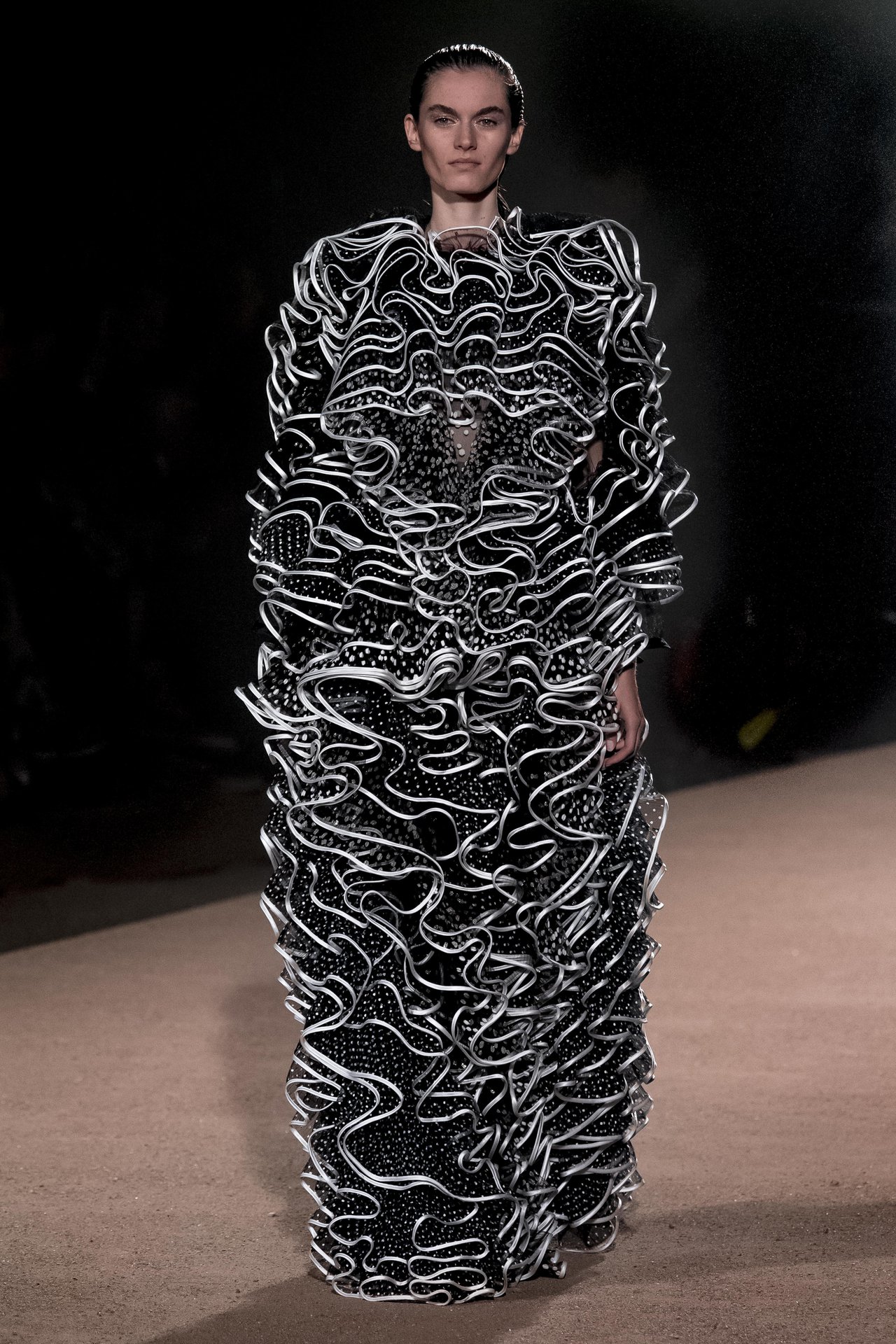
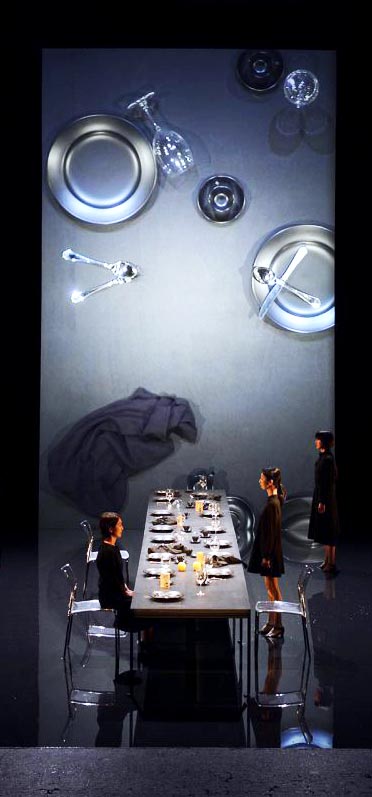
ST/LL
ST/LL opens on a stage with a long set table, perpendicularly to the orchestra, under the eyes of the audience; on the sides of the table there are some chairs. On the background, coinciding with the inner extremity of the table, there is a projection screen developing vertically, like a painting that evokes the Japanese pictorial tradition. The perimeter of the stage is covered with a veil of water, in which everything reverberates. The whole visual structure of the work develops all around this diaphanous dimension. A man enters the scene and carries out actions on the table: he moves the cutlery, changes the position of the chairs, makes tiny gestures, which let the audience foretell that an action played on the visible will develop. To the sound of a metronome, two women and then a third one enter the scene and sit at the table making gestures that imitate a meal without food.

Fall-winter 2010 moscow – womenswear catwalks
The Russian fashion rebel Yegor Zaitsev presented an avant-garde collection which was surprisingly romantic.
Yegor took classic silhouettes extended them, volumized them, turned them upside down and made them into works of art.

WOMANEROES
“Eliška Sky’s tribe of ‘womaneroes’ stand bold and bright, their bodies and heads adorned in vibrant shapes, colours, and textures. Beneath the wigs and paint are women of all ages, shapes and ethnicities, photographed with a large-format camera to capture every detail, rough or smooth, with the intention for the images to eventually be printed and exhibited life-size. “It started as visual play, but transformed into a series that challenges depictions of women’s bodies,” explains the London-based Czech photographer. “In light of my own experience of working in the fashion industry, I felt the need to portray the body in new ways and forms, with an element of playfulness and humour in opposition to western media advertising”.” Marigold Warner

‘Sisters with Transistors’, a documentary about the pioneers of electronic music
This November, a new documentary dedicated to the pioneers of electronic music will see the light under the name ‘Sisters with Transistors’. The feature centers around the work of figures such as Suzanne Ciani, Delia Derbyshire, Laurie Spiegel, and Clara Rockmore.
The feature aims to reveal a unique struggle for emancipation and restore the central role of women in the history of music and society in general.
‘We, women, were especially attracted to electronic music when the possibility of a woman composing was itself controversial. Electronics allow us to make music that others can listen to without having to be taken seriously by the male-dominated establishment’, says the director of the piece.

New Work
Mi Deng and Jason Shipley-Holmes perform
In “New Work” (dance), the viewer was best served by looking at the bodies’ wavering outlines, the women in strapless black leotards and tights, the men in black suits (though sometimes shirtless; costumes by Liz Vandal). Observe the strobe-like effect created by the ferociously waving arms and flexed hands, or the reflections that bounced off the ballerinas’ skin and pink toe shoes. Notice the exaggerated contours of sinewy muscles.

Giambattista Valli, a leading and established name in the worldwide fashion scene, brought a new approach and meaning to luxury and beauty that attracted a universe of a young, modern and international generation of highly glamorous and sophisticated women from around the globe and has been praised by celebrities and fashion lovers

woman 27
Olga is part of a new generation of young women reshaping the art world from Barcelona. Using social media platforms to gain creative traction, and either blurring the lines between creative genres, she describes herself as an “imager”. Fashion with a documentary edge, strange still-lifes against brightly colored backgrounds, and monochromatic arrangements of ordinary objects. Teo Sandigliano


The Trophy (Animals have no religion)
This work is inspired by Raden Ayu Kartini (21 April 1879 – 17 September 1904), a pioneer in the area of the emancipation of women and education in Indonesia. Through letters she shared her thoughts about the problems of her society which seems still topical nowadays. She expressed the view that the world would be more peaceful if there was no religion to provide reasons for disagreements, discord and offence.
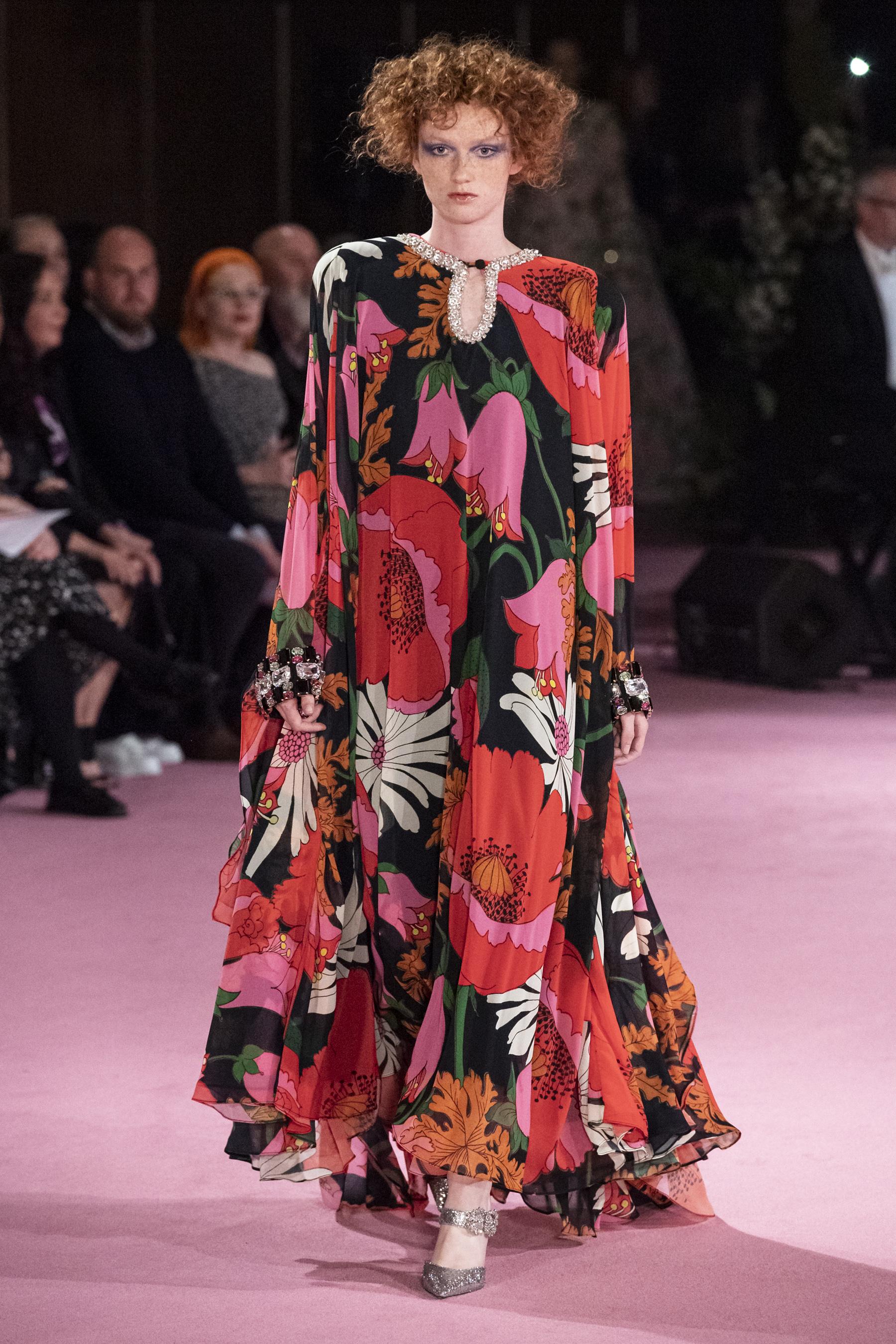
London Woman SS 2020
London born designer Richard Quinn established his eponymous label in 2016, upon graduating the Fashion MA at Central Saint Martins. Specialising in womenswear and textiles, his collections are bold and emotive creating a forward thinking unafraid vision. Richard creates garments with attention to innovative fabrications, focusing on his ability to combine unique handcrafted skill, with a refined high fashion sensibility.

London born designer Richard Quinn established his eponymous label in 2016, upon graduating the Fashion MA at Central Saint Martins. Specialising in womenswear and textiles, his collections are bold and emotive creating a forward thinking unafraid vision. Richard creates garments with attention to innovative fabrications, focusing on his ability to combine unique handcrafted skill, with a refined high fashion sensibility.
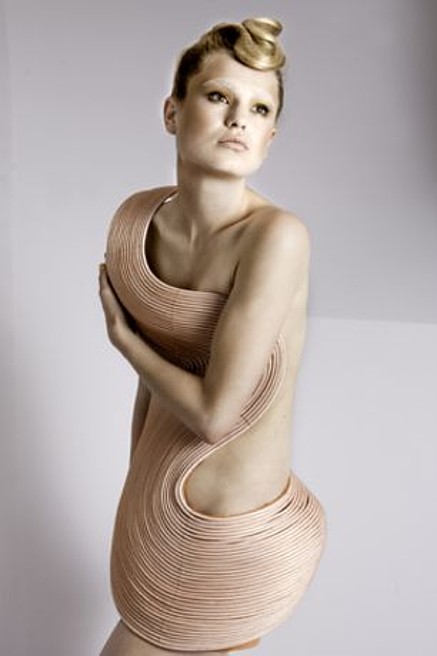
Pauline van Dongen researches the body in a technologically textured space. After graduating from ArtEZ, Academy of the Arts in Arnhem, the Netherlands, she started her own womenswear label in 2010. Pauline operates a meticulous research of the behaviour of experimental and high-tech materials, combining new technologies with traditional techniques to constantly renovate craftsmanship. Working closely with companies from the field of science and innovation, Pauline aims to merge fashion and technology giving life to scientific creations.

wearable solar
There is nothing natural in nature; technology makes our humanness giving form to our surroundings. The human habitat reveals a techno-morphed structure that can no longer be hidden behind the vestiges of a natural world: technology has to be naturalized. Pauline van Dongen researches the body in a technologically textured space. After graduating from ArtEZ, Academy of the Arts in Arnhem, the Netherlands, she started her own womenswear label in 2010. Pauline operates a meticulous research of the behaviour of experimental and high-tech materials, combining new technologies with traditional techniques to constantly renovate craftsmanship. Working closely with companies from the field of science and innovation, Pauline aims to merge fashion and technology giving life to scientific creations.

Judgements
Rosea Lake of Vancouver, posted on her Tumblr a photo of a woman with her skirt raised and on her leg written what the length of the skirt “means”. The post was entitled ‘Judgments’, since that’s exactly what happens when a woman puts on a very short or very long skirt. The photo went viral, with more than 200,000 shares on social networks. Even the organization Unite Women posted on its Facebook page, to show that feminism has not yet achieved all of its goals. And what do you think of that? Should a woman be careful with the image that is passed on depending on how she dresses or does every woman have the right to dress as she likes and shouldn’t be worrying about what others might think of her?
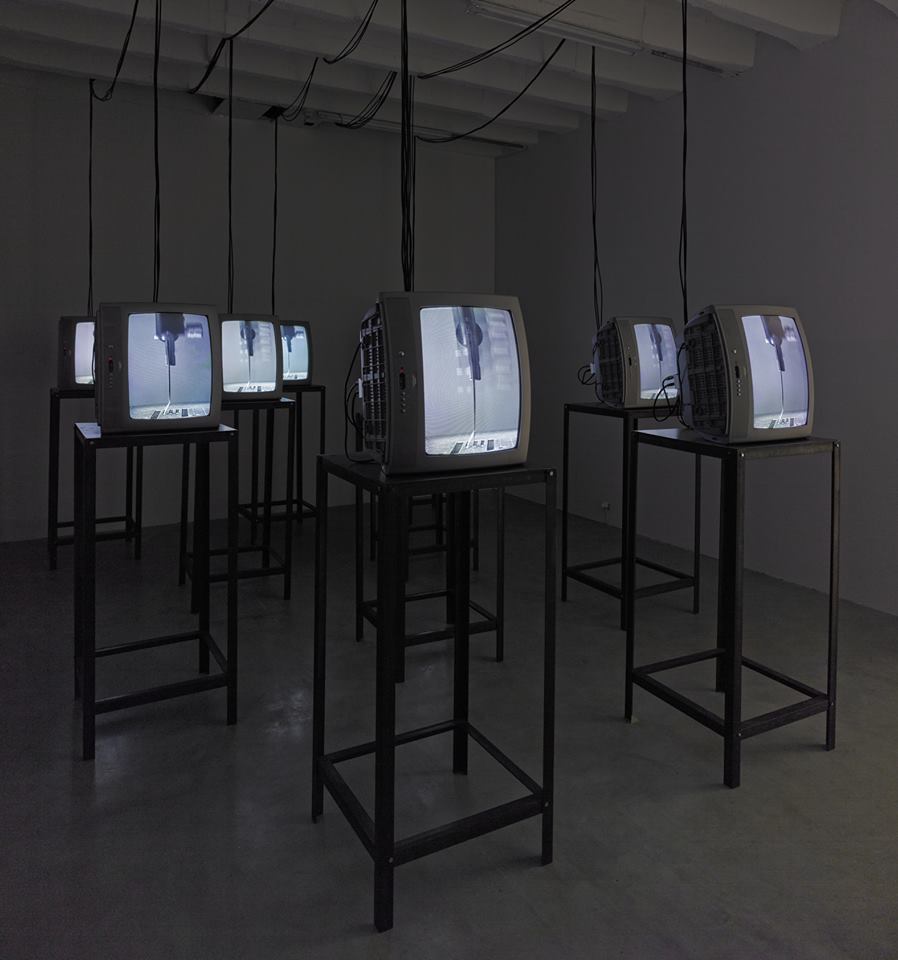
ואליי אקספורט
ヴァリエエクスポート
ВАЛИ ЭКСПОРТ
Time and Countertime

Psi Girls
Psi Girls is a video installation composed of five scenes from feature films depicting girls or young women manipulating telekinetic powers to move or destroy household objects. Hiller selected short excerpts from The Fury (1978) directed by Brian de Palma, The Craft (1996) by Andrew Fleming, Matilda (1996) by Danny De Vito, Firestarter (1984) by Mark Lester, and Stalker (1979) by Andrei Tarkovsky. Each excerpt has been enlarged, tinted with a different colour, and heavily edited by Hiller. Certain scenes have been slowed down and others spliced and looped so that each clip has an identical running time of two minutes. The only footage presented in its entirety is that taken from Tarkovsky’s film Stalker. The scenes are synchronised and play simultaneously along a single wall. Psi Girls was commissioned by the Delfina Foundation, London, in 1999. The word ‘Psi’ in the title refers to paranormal or psychic faculties.

AND THEN, ONE THOUSAND YEARS OF PEACE
And Then, One Thousand Years of Peace is a huge, ambitious monolith of a work. First created by Angelin Preljocaj for the Bolshoi Ballet in 2010, it takes inspiration from the vision of apocalypse conjured by St John in the biblical Book of Revelation.There are no horses galloping across the stage or horned beasts. But Preljocaj sets himself a barely less daunting task: choreographing the essential meaning of apocalypse, as a cataclysm so profound it lays bare the very essence and history of human nature.Preljocaj launches his work with a shattering opening sequence. Ten women drive through hard, slicing, geometric formations; lights flash, electro-percussive music reverberates; and the air becomes as thick and swarming as a tropical thunderstorm as the movement accelerates towards its convulsive climax.Out of this intensity emerges a Garden of Eden tranquillity, where men lope and flutter in delicately animalistic moves, and two women in white tunics play like lazy cherubs.
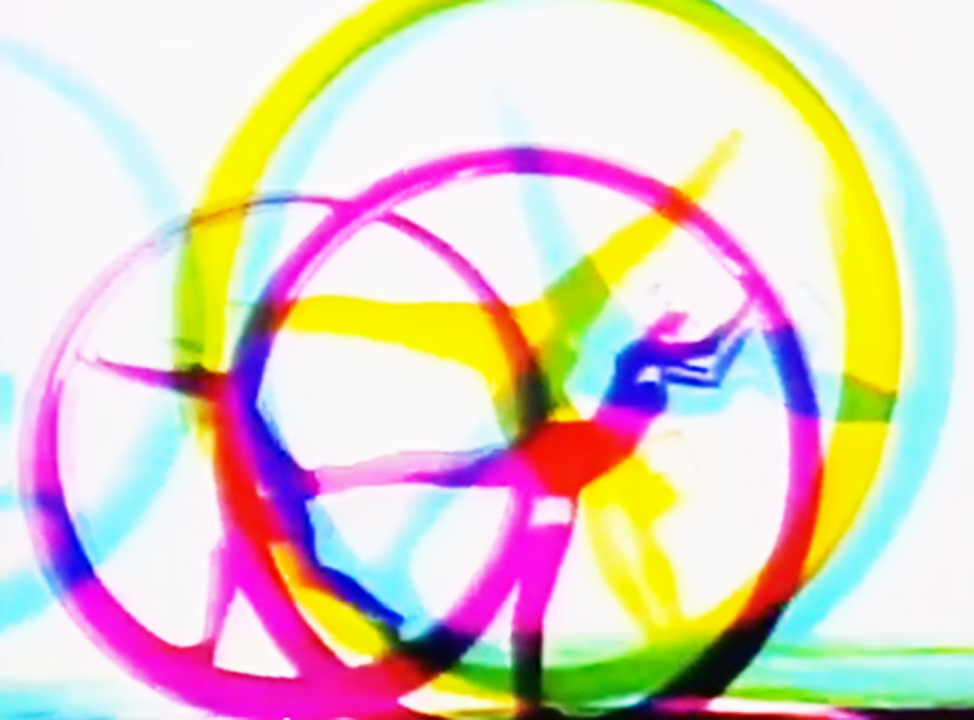
Circles II
Doris Chase has achieved international stature as a pioneer in the field of video art since she moved from Seattle to New York City in 1972. An artist of remarkable and continuous creativity, Chase now divides her time between her video headquarters in New York and a Seattle studio where she works on new projects in painting and sculpture.Beginning as an innovative painter and sculptor in Seattle in the 1950s, Chase created sculpture that was meant to be touched and manipulated by the viewer. Chase then developed large-scale kinetic sculptures in collaboration with choreographers, and her art was set in motion by dancers. In New York, her majors contribution to the evolution of artists’ video has been her work in videodance. On videotape, dancers and sculpture evolve into luminous abstract forms which represent some of the most sophisticated employments of video technology by an artist of the 1970s. In the 1980s, Chase began working in the nascent genre of video theater. In these productions, she uses the imtimacy of the video screen to achieve a new synthesis of visual and dramatic art. Her video theatre compositions present multicultural and social commentary, utilizing scripts by writers such as Lee Breuer, Thulani Davis, and Jessica Hagedorn in the “Concepts” series. Collaborating with actresses Geralding Page, Ann Jackson, Roberta Wallach, Joan Plowright, and Luise Riner in the “By Herself” series, she focuses on the viewpoints and experiences of older women. Today, coming full circle, Doris Chase in Seattle is exploring a renewed interest in painting and sculpture as well as in the modernist aesthetic she never really ceased pursuing, even during her most adventuresome multimedia years.
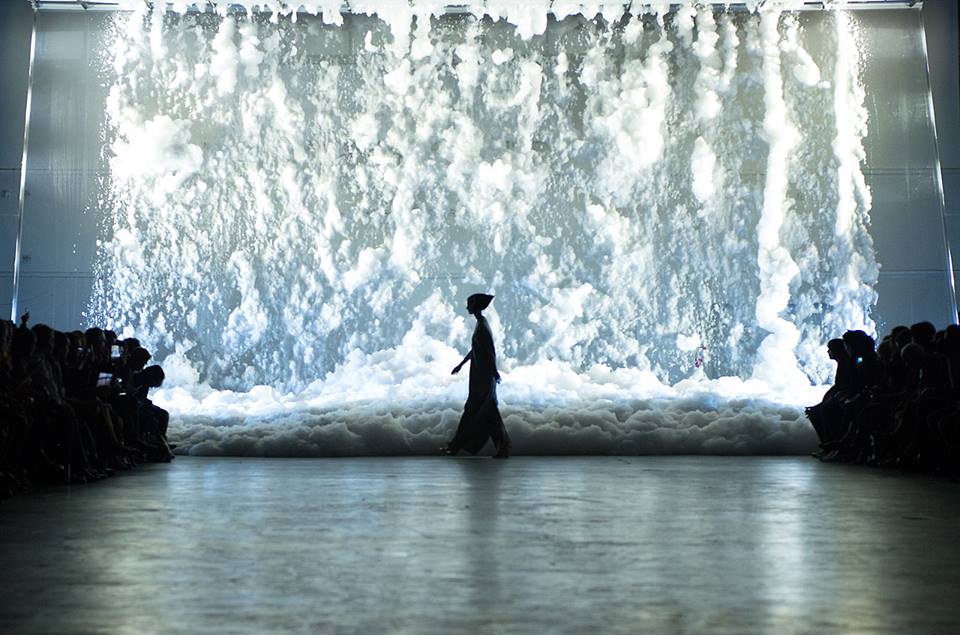

Anatomy of Form
The Divine Proportion in the Platonic Solids
In fact, the Graham Foundation recognized Tyng’s talent nearly half a century ago in 1965, when she was awarded for her project Anatomy of Form: The Divine Proportion in the Platonic Solids:In her research she developed a theory of hierarchies of symmetry—symmetries within symmetries—and a search for architectural insight and revelation in the consistency and beauty of all underlying form.It’s fascinating stuff, and the images alone have piqued my interest in Tyng’s theories, which cover topics from Jungian cycles to the cosmos. Tyng (b. 1920 in Jiangxi, China) was one of the first women to earn a Masters in Architecture from Harvard. She spent nearly three decades collaborating with Louis Kahn before shifting her focus to research at the University of Pennsylvania in the late 60’s. The title of the exhibition and her works belie the understated beauty of their execution, which demonstrate the expressive power of order and geometry. Tyng’s unique command of form is matched by her raw intellect; thus, she elegantly articulates her vision in the models seen here.

Artificial Biological Clock
Revital Cohen’s Artificial Biological Clock (2008) is a clock-like device that responds to online information from a woman’s doctor, therapist and financial advisor. It is designed to remind modern women when they are fertile and emotionally and economically ready to conceive. It is an examination of how contemporary life can disconnect us from our instincts and the natural rhythms of our bodies.